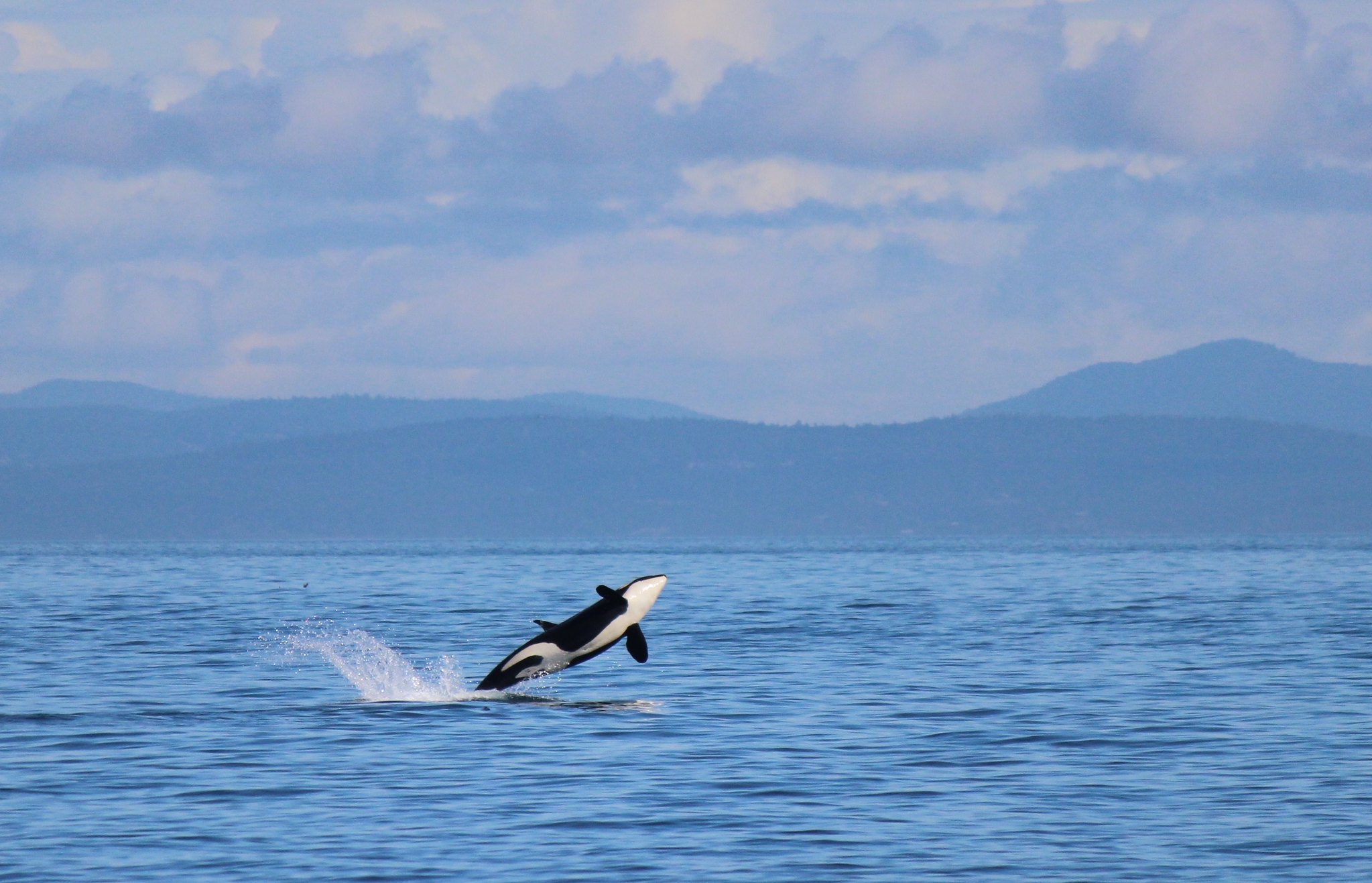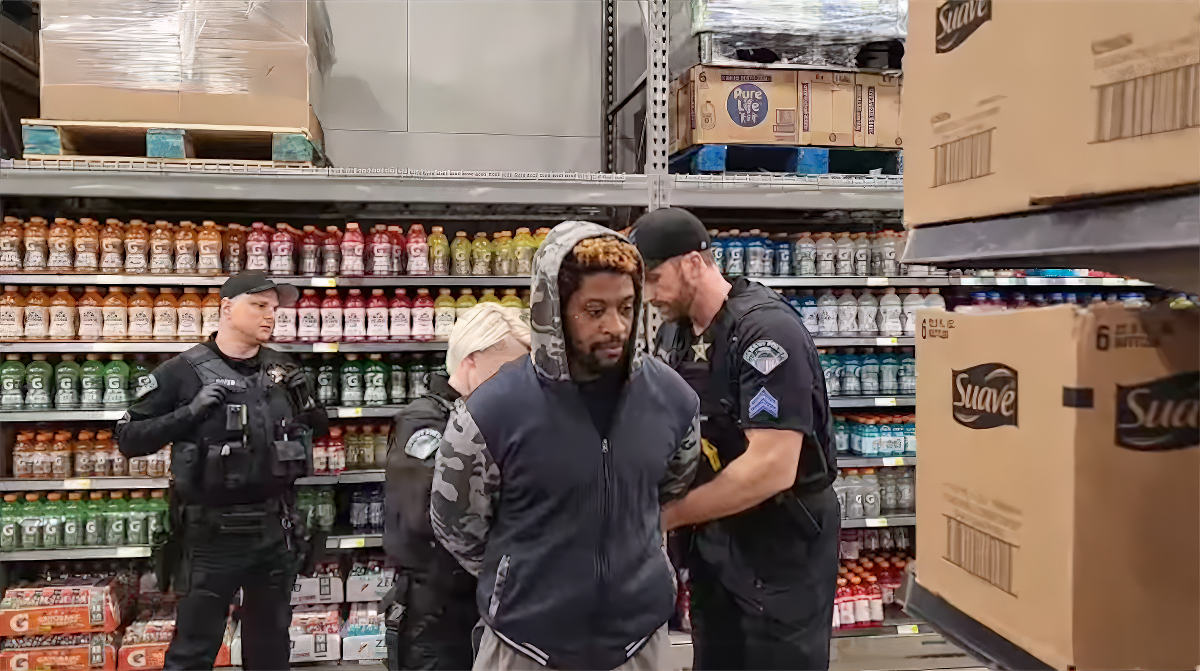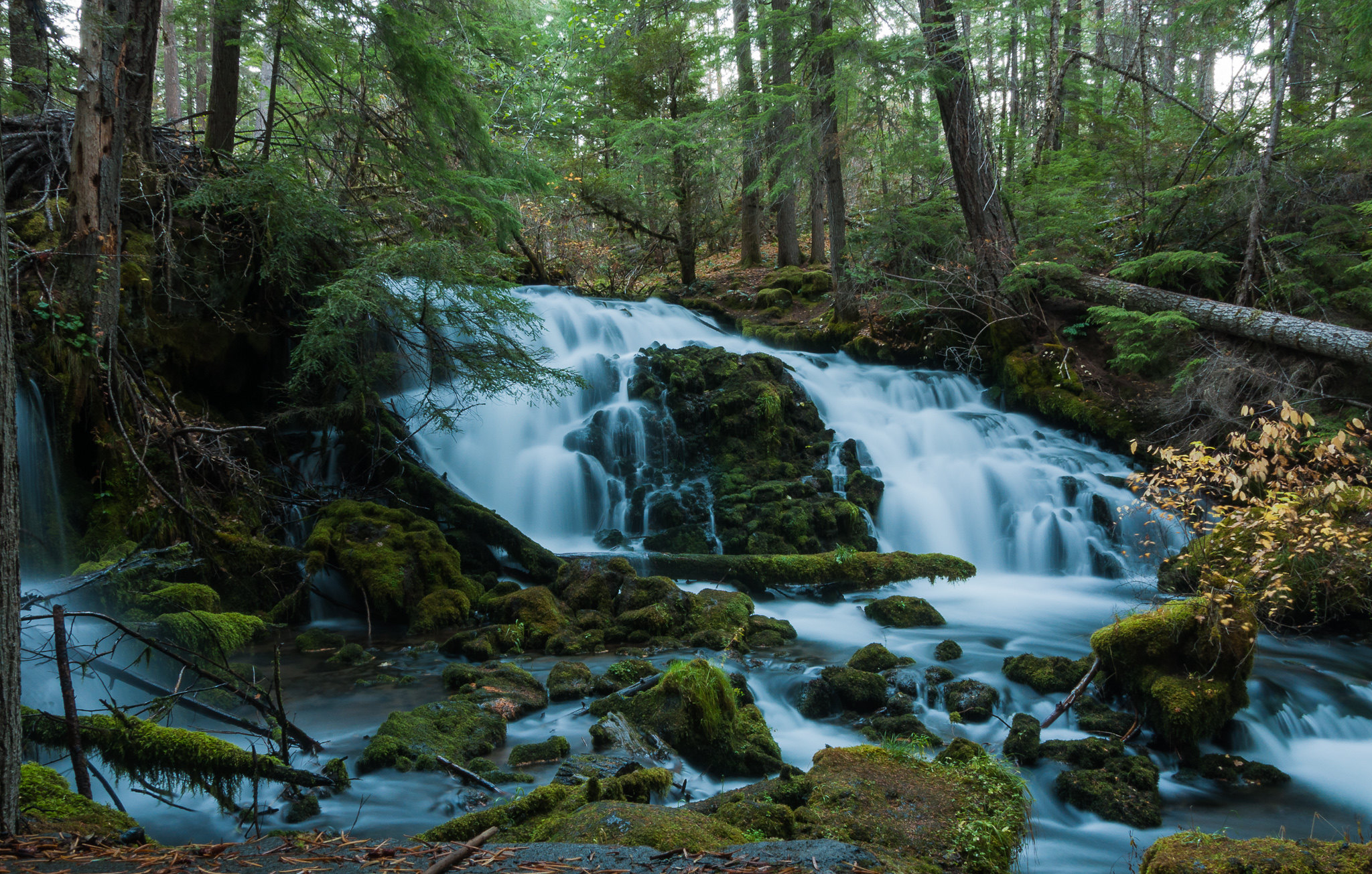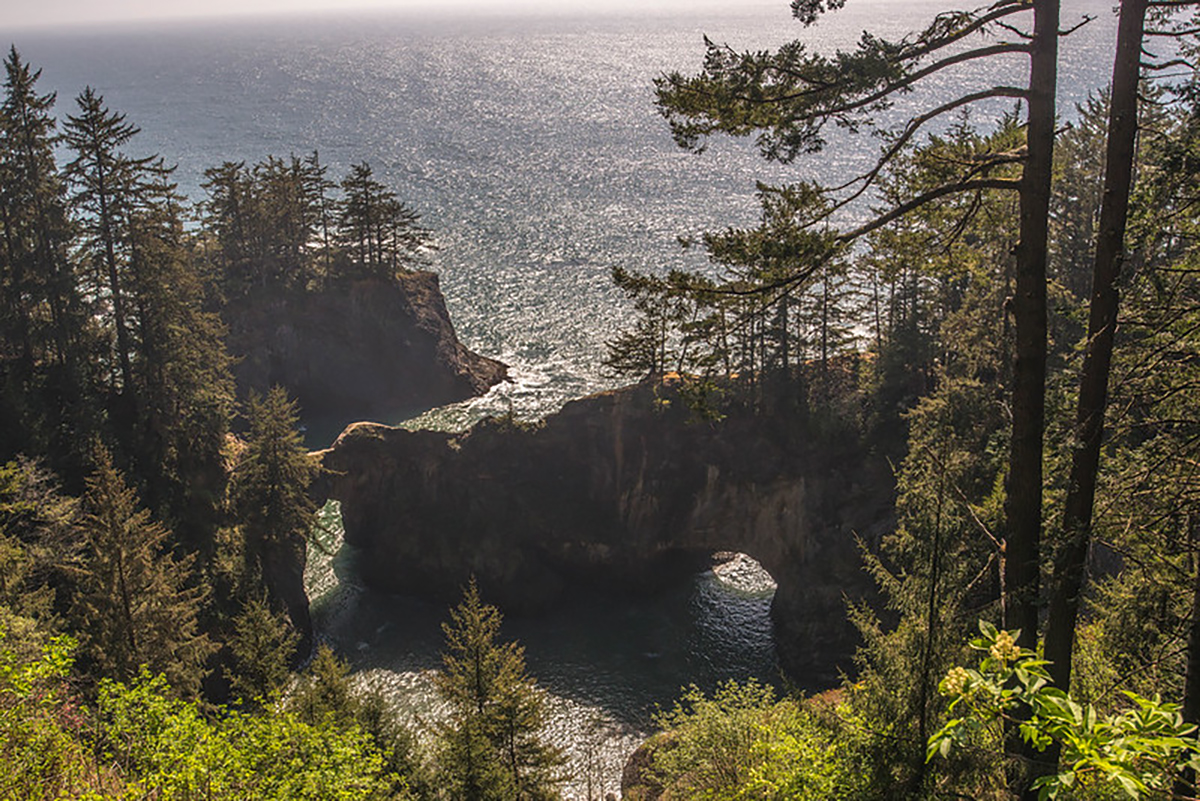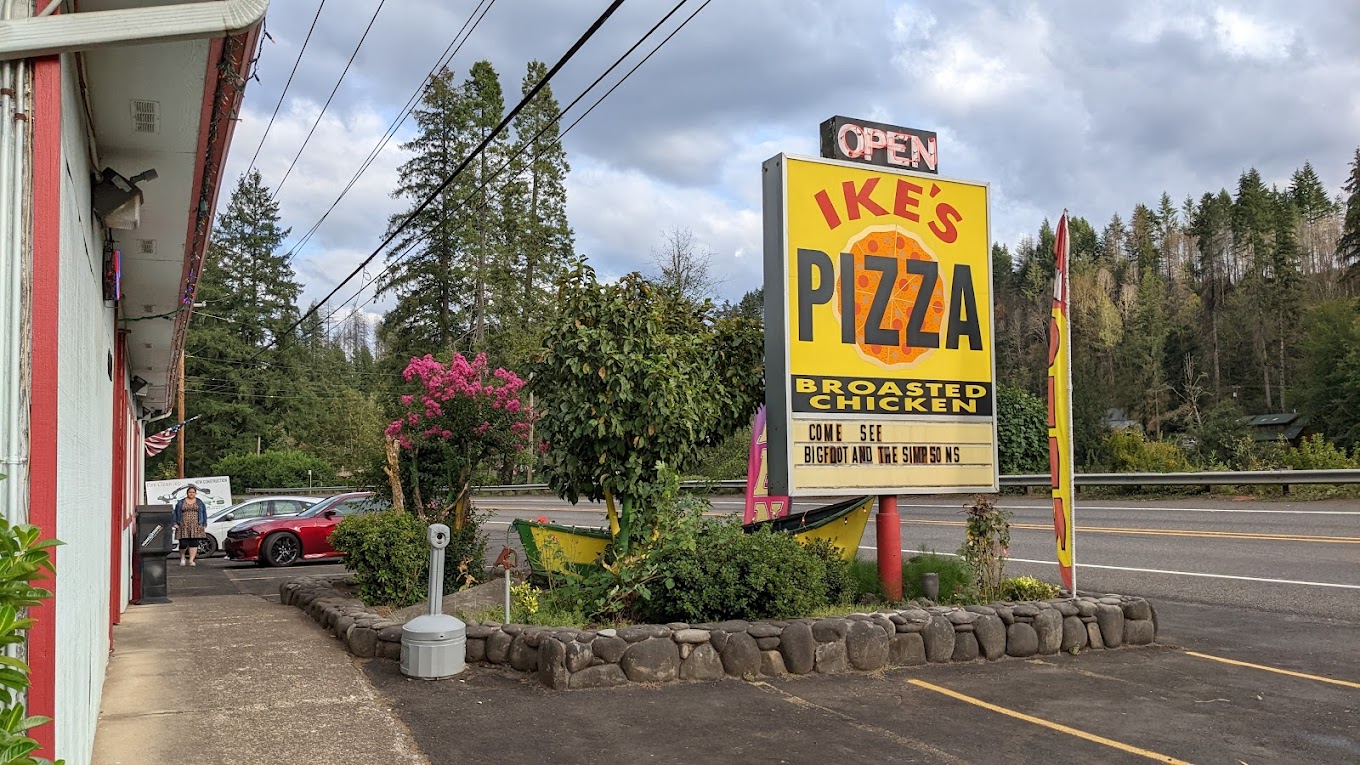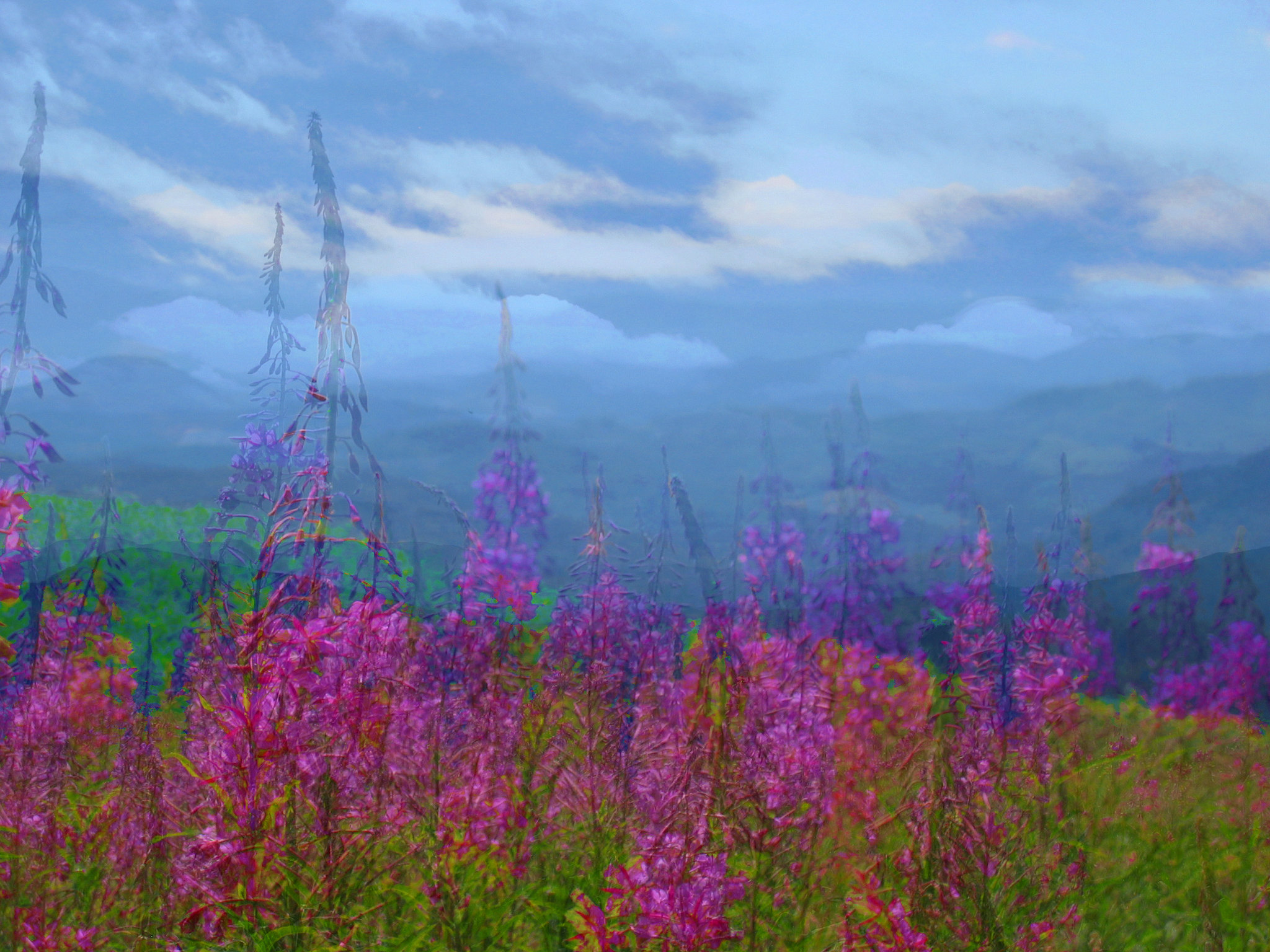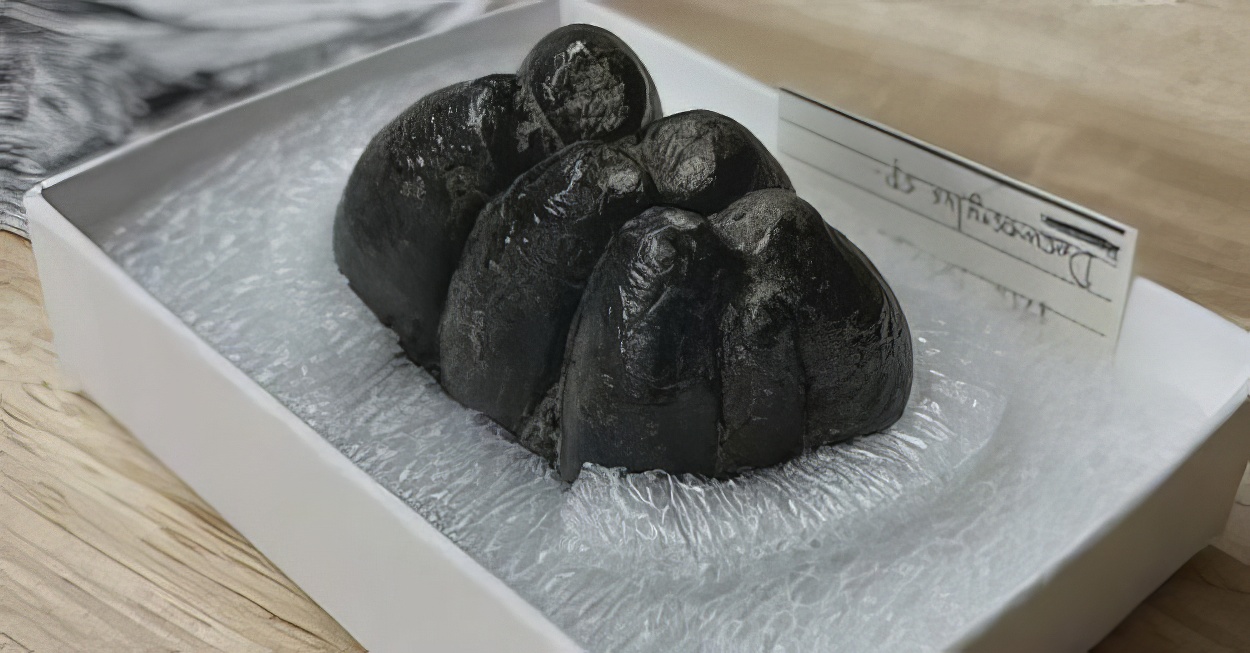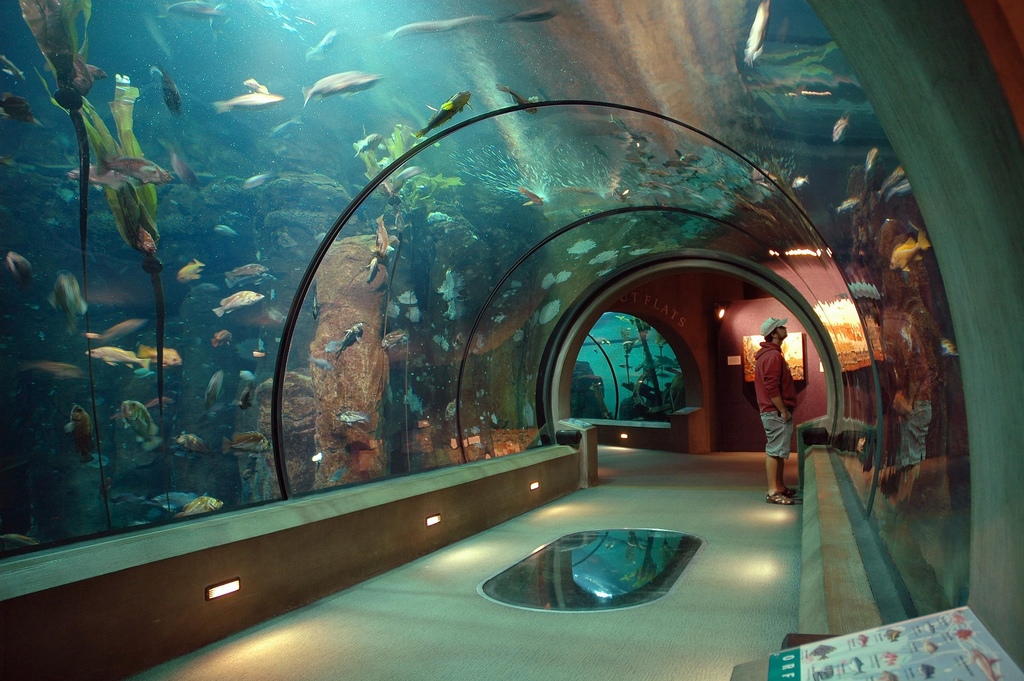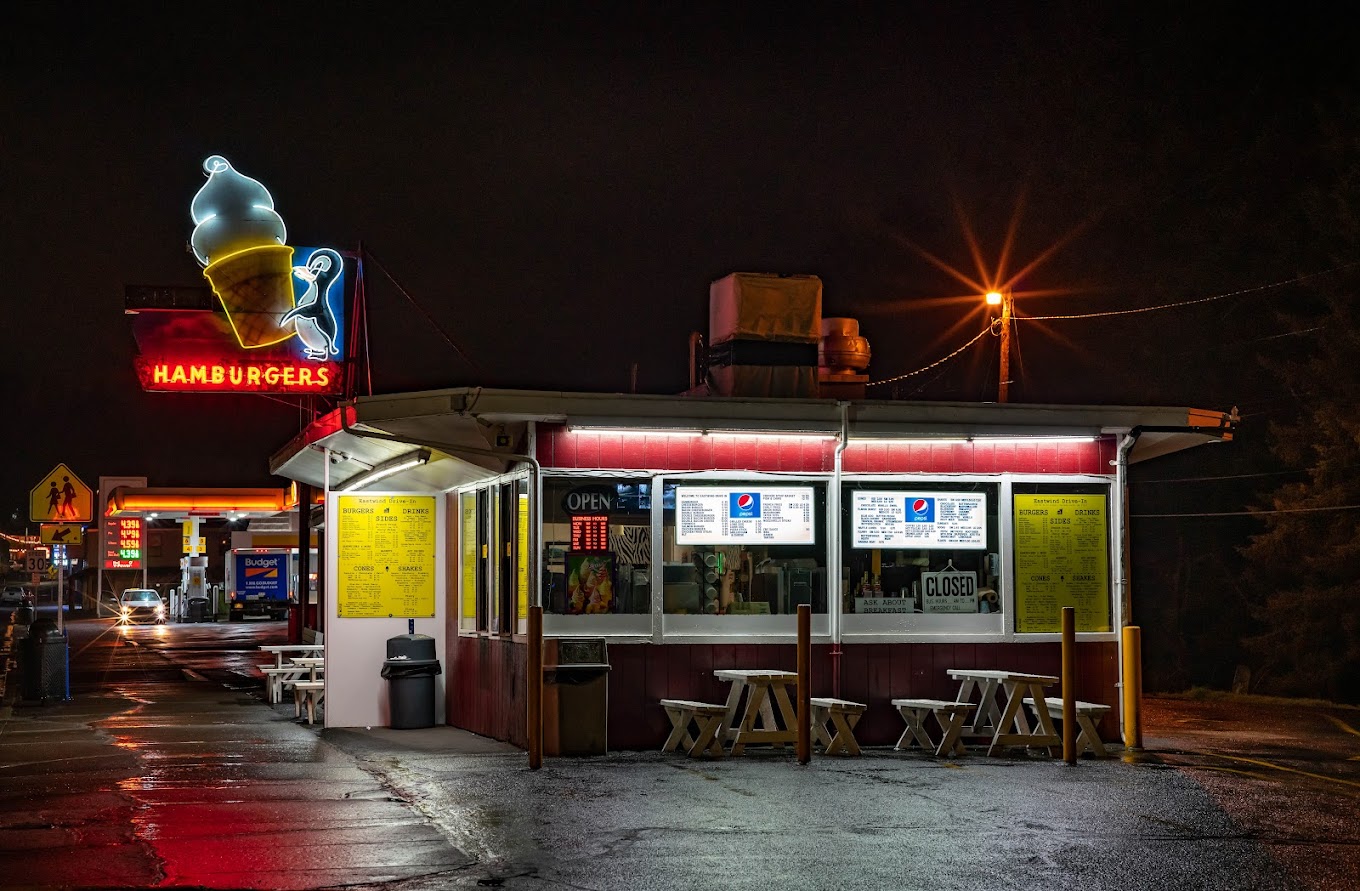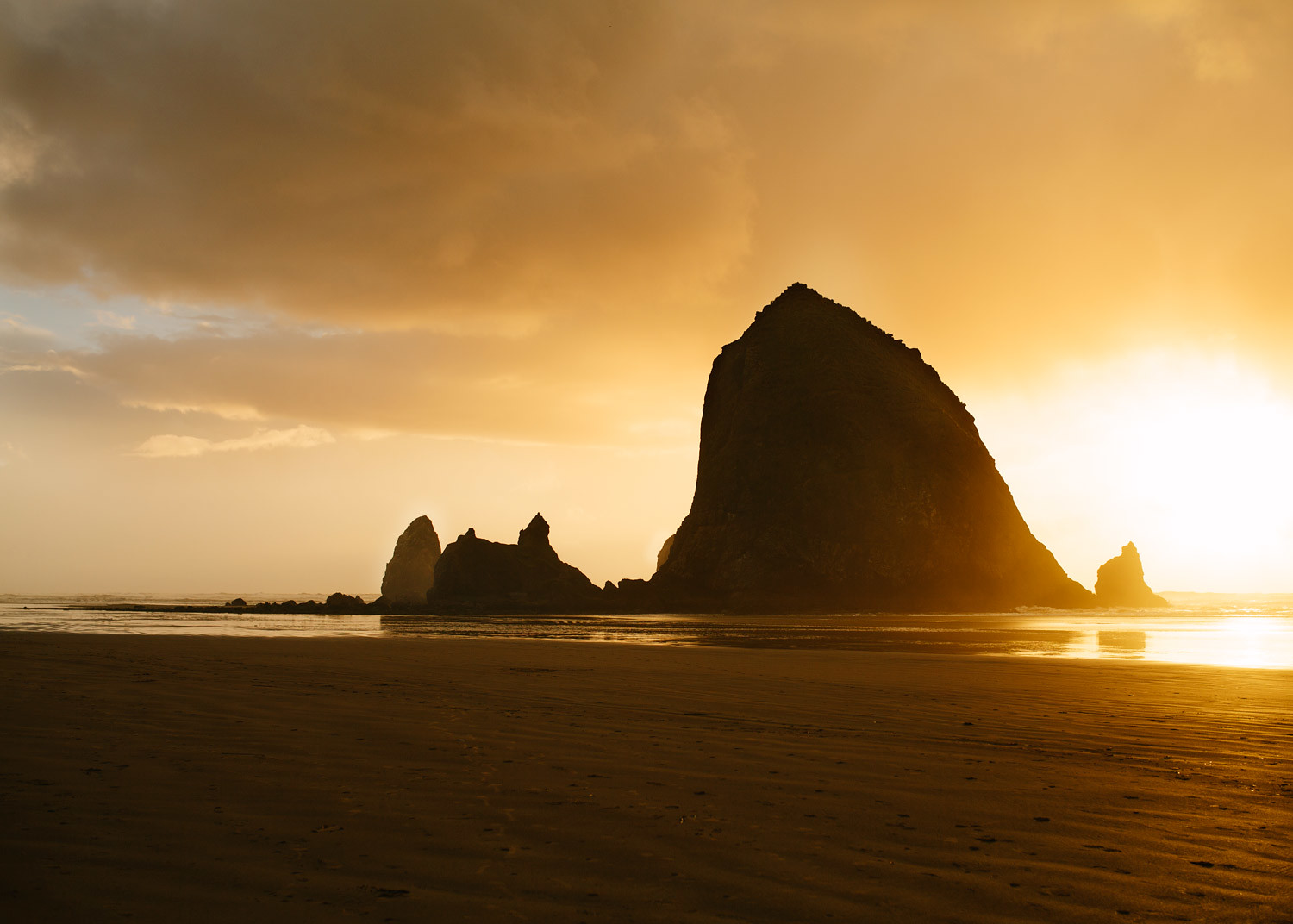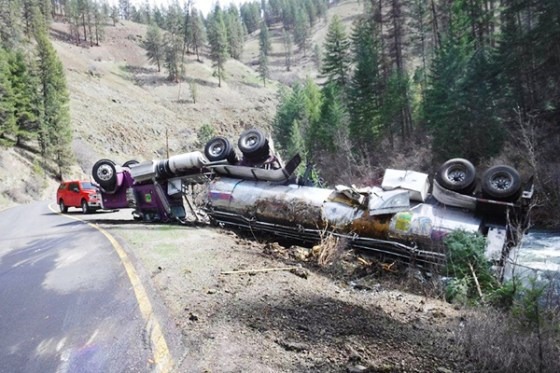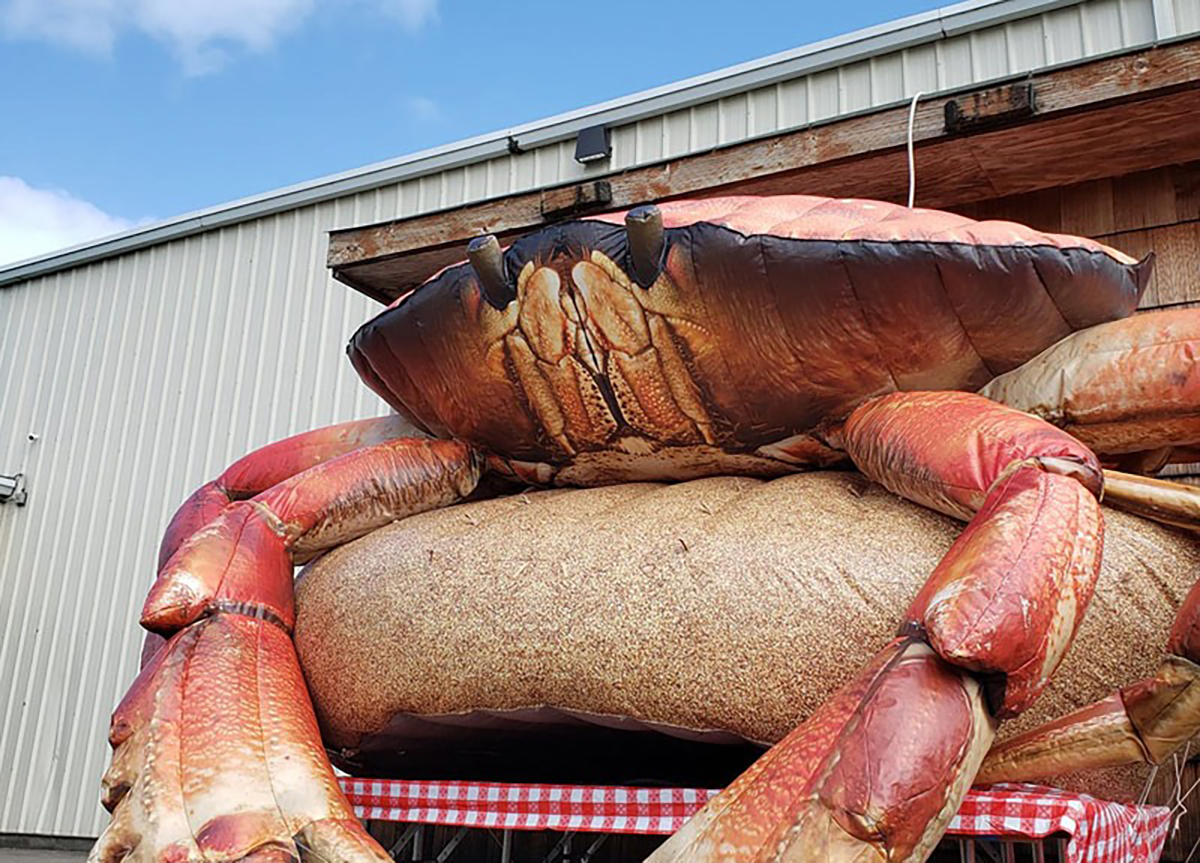Orca sightings have been off the hook this year, all along the southern coast. They normally feed on baby gray whales during their annual migration north to Alaska, starting in late March to early June. They're also known to swim closer to land to snack on sea lions, giving whale watchers the perfect opportunity to whip out their phones and snap a quick shot.
A whale watcher named Katie Lynn reported a sighting of a large male on the Oregon Coast Whale Watchers page on Facebook, Wednesday, June 8. She said it was 5 miles south of Newport, Oregon.
Several other sightings were reported on Oregon Coast Whale Watchers. There was one spotted by a fisherman on Depoe Bay at 11:05 AM, and 2 orcas were seen heading north near the D River Wayside in Lincoln City.
It's an exciting time for coastal dwellers, who hunt down any opportunity they can to get a sight of killer whales. Even a tiny glimpse is a rush. Now they're taking pictures, posting about their sightings, and tracking the whale's migration up the coast, giving others a chance to follow the orca's path.
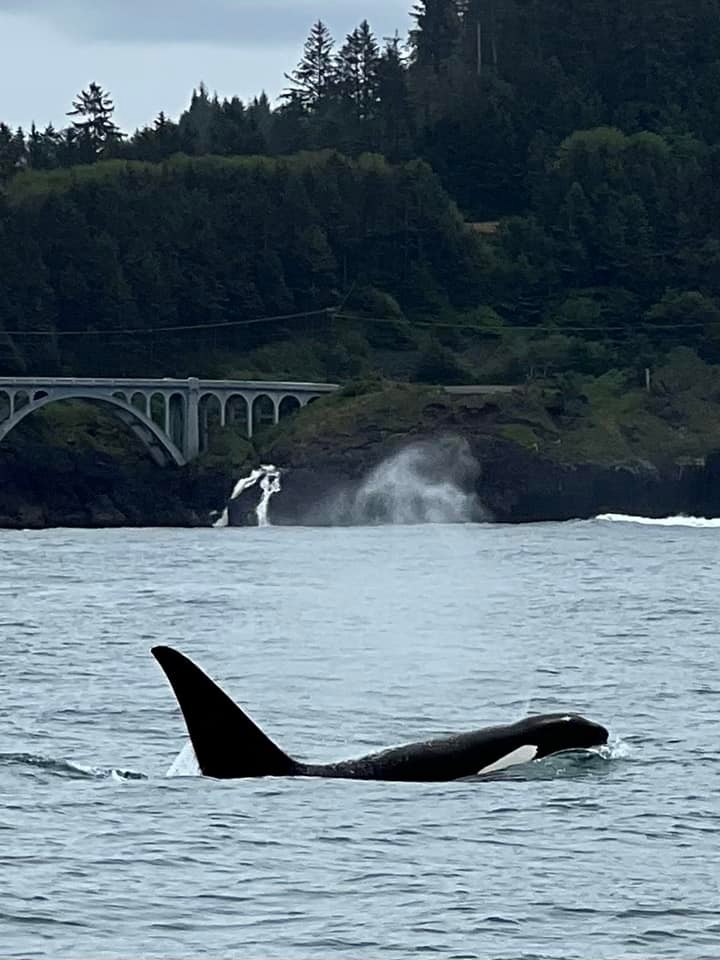
Amber Humber / Oregon Coast Whale Watchers / Facebook
The photo above was posted to the whale watchers page by a member named Andrea Humber, who reported seeing no less than 4 dozen killer whales on a boat tour off the coast of Depoe Bay. This was in the time span of one hour. Local businesses and the media have been going gaga over the mass reports this season, turning the bay into a whale-watching focal point, with people flocking from all across the state to see if they can get a look.
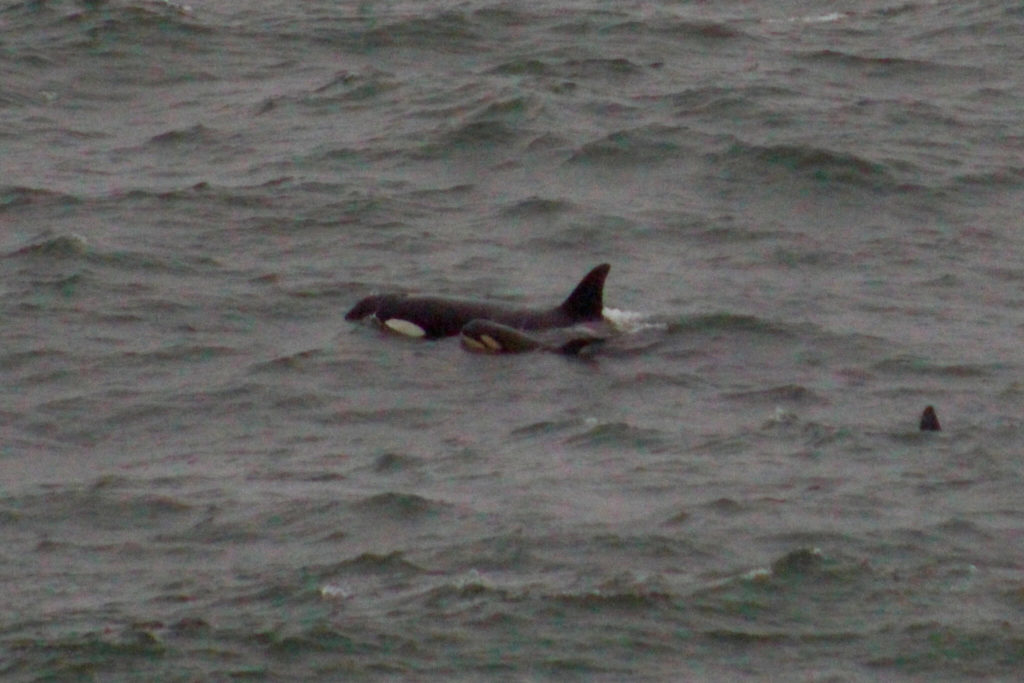
Oregon Coast Whale Watchers / Facebook
On June 6, Melissa A. Janiek posted a photo of a mother and her calf, which they spotted that evening in Newport's Yaquina Bay. When calves are young, they take on an orange hue due to a shortage of blubber. This causes the blood vessels to go closer to the surface of the skin. The effects can last up to six months, meaning this particular calf was rather young. A pair of kayakers posted a video of a group of orcas making a kill. They go slow when they're with their calves to teach them how to do it properly, which can make for a very unpleasant experience for onlookers.
Orcas are considered the apex predator in the ocean, known for their hunting instincts. In fact, they're often compared to the dinosaurs in respect to their size and prowess, which makes them both intriguing and a little terrifying.
Though there has never been a known case of an orca preying on a human in the wild, they can be deadly to humans in other ways. A Pacific City boat captain, Dan Rocha, was filming a pod of 3 females, a calf, and a male on June 8 when one started swimming towards him and came right under his boat. An orca can flip a small vessel on a whim, turning a whale-watching expedition into a death trip. Rocha's boat was only 23 feet long, roughly seven feet smaller than the orca who approached him. Fortunately, he lived to tell the tale to the local news. Check out a video of the encounter on KGW8 here.
One of the biggest reasons why orca sightings are more common these days is because of our enhanced ability to surveil them. Anyone with a phone can snap a picture, making once elusive photographs commonplace in the digital world. Tracking them has become a lot easier as well. Anyone can check updates online, watch videos, or report on their progress. Many of the posts in whale watching groups include which direction the orcas are headed, where they were seen and what time they were spotted in the water. Whale watchers will keep track and travel along the coast, utilizing identification methods to find the same whales they saw online.
Smartphone apps like Whale Alert compile sightings, place them on an easy-to-read map, and notify users when new sightings are reported. Now, wherever you are, a bell will ring when somebody reports that they've seen a whale. It's a revolution. 20 years ago, these activities were mostly confined to the scientific and mariner communities, using mostly GPS trackers and radios. Now everyone is taking part.
You don't have to rely on apps, Facebook, and binoculars. Whale watching tours are readily available along the southern coast, and there are plenty of amazing options available. One favorite is Marine Discovery Tours in Newport. Their yacht, dubbed the "stretch limo" is perfect for windy days, when the cold can sometimes be too much. It offers a heated cabin, seating, and complimentary drinks. If you're thinking of taking a tour, it's definitely the way to go.
If you'd like to learn more about whale spotting in Oregon, where to go, what to look for, and how to prepare, check out our guide here.

